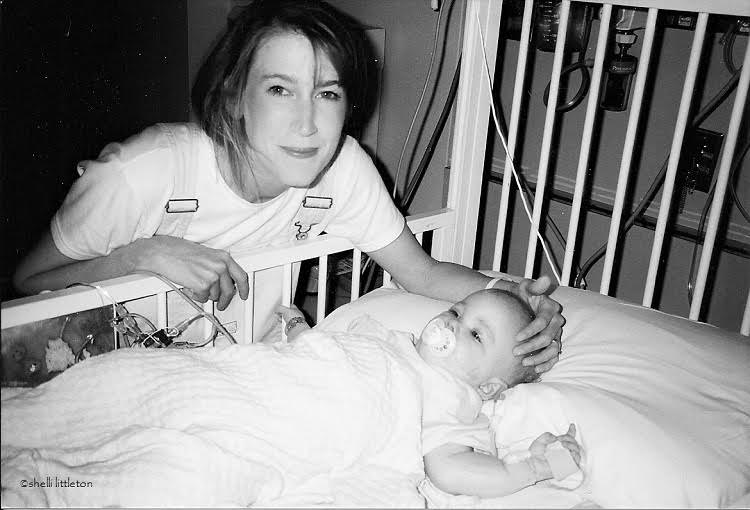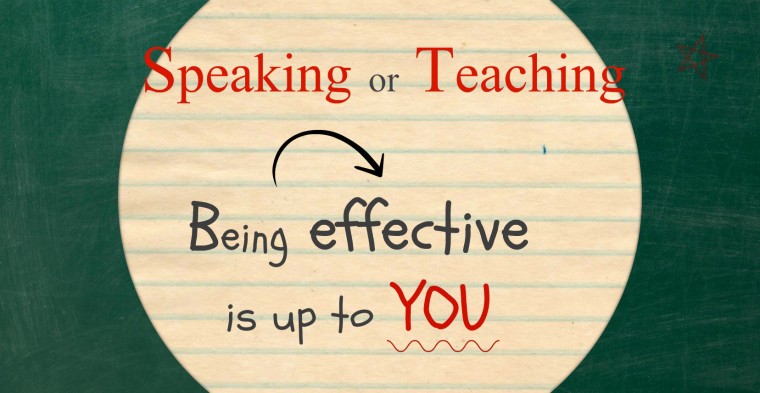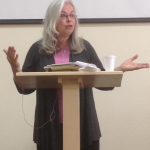
Today we have a guest blog by Shelli Littleton. She is the mother of two daughters and writes from Texas. Welcome, Shelli.
GUEST BLOG: IT’S OK TO CRY. By Shelli Littleton
“A CT scan is scheduled for Monday.”
When our pediatrician discovered an abnormality in our 13-month-old daughter’s abdomen, I drifted home in a state of shock. After walking through the front door, I locked myself in the bathroom and ran water in the tub as hot as I could stand it. I sought a safe place to cry, where only God could see.
When the x-ray revealed a kidney tumor—no doubt it was cancer—I rocked my baby in the hospital room as she slept from anesthesia and could not restrain the tears.
I wanted to be strong … for my daughter, for others, for my family, for God.
And did crying mean I lacked faith? Would I fall apart?
I felt broken. I felt weak.
The following days leading to her surgery were horrendous—more tests, away from home, she contracted a stomach virus, more tears.
During her surgery, visits from family and friends in the waiting room falsely held me together. My smiles turned to a look of exhaustion. I felt it. Others saw it. I couldn’t pretend any longer. I could no longer play host.
After my daughter had been wheeled into her hospital room, she began to cry. An incision stretched from one side of her baby body to the other. Instead of placing our daughter on her back, the nurse placed her on her tummy … why? I don’t know. But our daughter raised up on her knees, crying. I’d never felt more helpless. I couldn’t fix her because she had tubes coming out of every location. More tears from me. My gut wrenched.
Later, when the room had emptied of friends and family and I remained for the long-haul, my baby girl began crying again. Not like you’d imagine a baby crying. Lying on her back, she had silent tears trickling down her cheeks. She hurt. Fear and lack of understanding took hold of her. Being just a baby, she couldn’t voice her thoughts. More tears from me.
I couldn’t leave her sight to simply walk into the bathroom without her crying. Without me crying.
After she settled, I slumped on the couch that would be my bed for the night. And I thought about Footprints in the Sand … how the Lord would carry me. How the Lord was carrying me. How I could trust Him. Even Jesus had cried for the loss of his friend, Lazarus, knowing full well He could and would heal him.
If Jesus cried, I knew my tears were justified. It’s okay to cry over loss. Our baby lost her right kidney, she lost strength in her ankles from chemotherapy, she lost security, and more losses that we would notice as time passed, but we didn’t lose her. And the cancer had not spread. We gained hope and the bond between us due to that season is strong. And every passing day that she recovered, so did I.
Crying didn’t mean I lacked faith. It meant that I could release the pain, that I could be real, that I could feel, that I would heal. Tears proved that I could rest and tenderly weep in the arms of the One who carried me.

Karalee and Katelyn. Katelyn is celebrating 10 years cancer free up on the roof at Cook Children’s Medical Center.
Shelli Littleton lives in Royse City, Texas. She speaks on surviving hardships and writes for Woman’s Missionary Union’s magazine, Missions Mosaic. She welcomes you to visit her blog at www.shellilittleton.blogspot.com.
Her daughter, Katelyn, is a blessed 15 year old.
A Gift Worth Keeping: It Goes with My Decor! is a book written by Shelli Littleton, published in 2013. It is available for purchase on Amazon.
Link: A Gift Worth Keeping: It Goes with My Decor
Note from Norma: Shelli and I are acquainted through Books & Such Literary Management. She is a tender-heart. I appreciate her warmth and upbeat personality. In a world that seems to not be very genuine, Shelli strikes me as someone who is genuine and kind. Thank you, Shelli, for writing this post for my readers. I’m so glad and thankful Katelyn is doing well.







